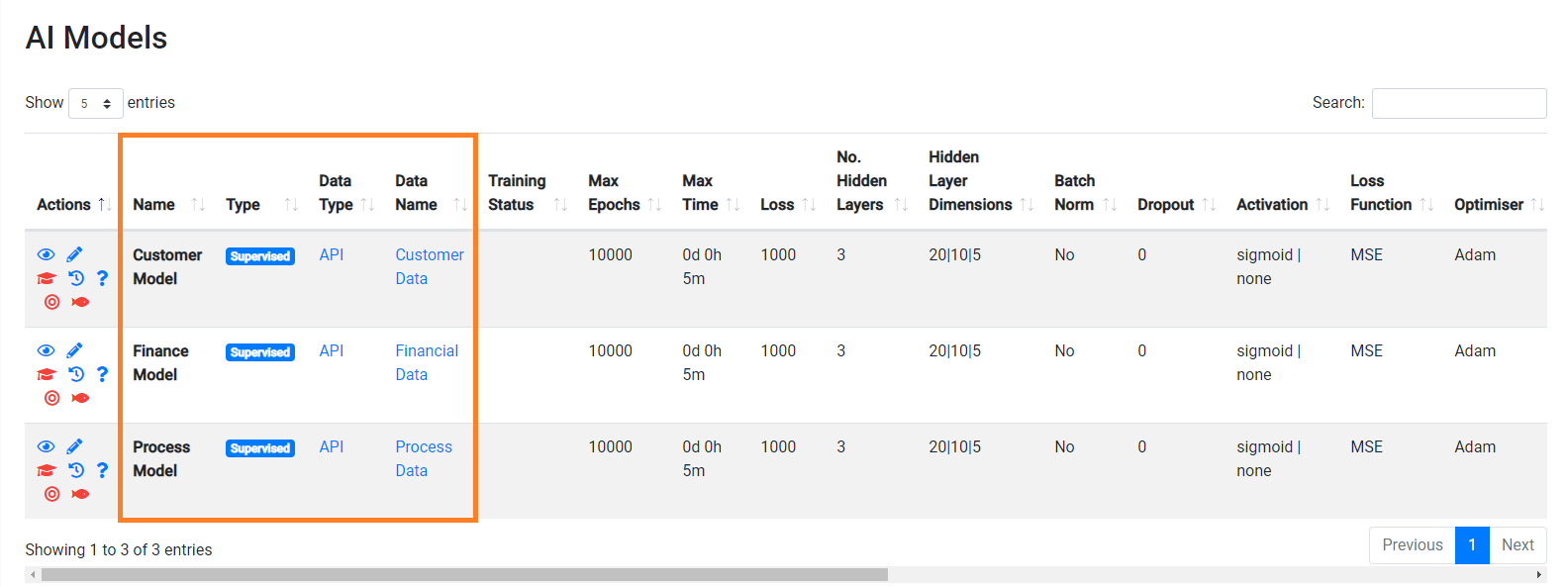eldr.ai | EDLR AI Integrations - Data via API
ELDR AI makes it easy to Integrate Artificial Intelligence with your own digital systems - at any level.
Having AI Data, AI Models and AI Predictions/Recommendations that function on a standalone static basis is one thing (and suitable for some scenarios),
but making them link seamlessly with your other systems is absolutely key to using them to add value in multi-pathway cross-talking multi-domain
circumstances - this is where AI Integration comes in - and is the ability to learn from and give output to your current digital processes and systems -
in real time.
ELDR AI facilitates AI Integration on five levels, which can be used together or individually: (1) Data via API,
(2) Trigger Learning via HTTPS, (3) Hook notifications via HTTPS, (4) Predictions & Recommendations via API
and (5) Continuous Learning
Here we will discuss how you can provide Data to ELDR AI via API and how it can be used in system-wide integration.
As you have seen in the API Data tutorial,
you can provide AI Data to ELDR AI by API - which immediately opens up the possibility of supplying dynamic AI Data directly to ELDR AI from
any of your systems - all you need is an endpoint (e.g. /my-system/my-ai-data) accessible by HTTPS/URL and provide the data in JSON format.

Above we have set up AI Data API Endpoints for Customer, Finance and Process Data (green box).

Above we have set up AI Models corresponding to each of our API Data above (orange box).
When you set up your corresponding AI Model, you tell ELDR AI where to get the AI Data from. Each time you tell ELDR AI to learn (Train the Model)
it grabs data from the source (in this case your API endpoint) to use. Each time ELDR AI trains the Model, a new Model Variant is created and becomes
the default in terms of asking for Predictions, Recommendations & Insights.
Collectively this means you can create multiple AI Models with multiple API AI Data sources, and the Data coming back from these sources can be as
dynamic as you like. When each of the Models Train it will learn from the latest Data available from your API endpoint(s).
That concludes the ELDR AI guide to AI Integration - Supplying AI Data via API